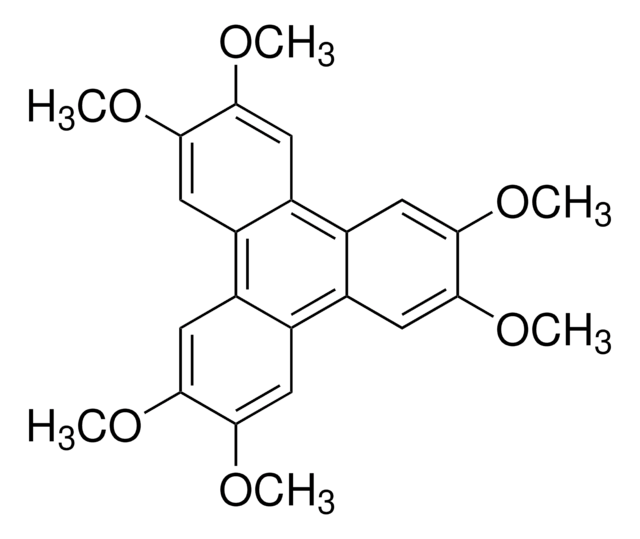W384712
L-Lysine hydrochloride
natural, FG
Synonym(s):
(2S)-2,6-Diaminohexanoic acid hydrochloride
Sign Into View Organizational & Contract Pricing
All Photos(1)
About This Item
Empirical Formula (Hill Notation):
C6H14N2O2 · HCl
CAS Number:
Molecular Weight:
182.65
EC Number:
MDL number:
UNSPSC Code:
12352209
Flavis number:
17.031
NACRES:
NA.21
Recommended Products
biological source
corn
Quality Level
grade
FG
Halal
Kosher
natural
reg. compliance
EU Regulation 1334/2008 & 178/2002
FDA 21 CFR 117
FDA 21 CFR 172.320
application(s)
flavors and fragrances
Documentation
see Safety & Documentation for available documents
food allergen
no known allergens
Organoleptic
odorless
InChI
1S/C6H14N2O2.ClH/c7-4-2-1-3-5(8)6(9)10;/h5H,1-4,7-8H2,(H,9,10);1H/t5-;/m0./s1
InChI key
BVHLGVCQOALMSV-JEDNCBNOSA-N
Related Categories
Storage Class Code
11 - Combustible Solids
WGK
WGK 2
Flash Point(F)
Not applicable
Flash Point(C)
Not applicable
Choose from one of the most recent versions:
Already Own This Product?
Find documentation for the products that you have recently purchased in the Document Library.
Customers Also Viewed
Suzanne E Dettling et al.
Current protocols in chemical biology, 12(4), e86-e86 (2020-11-17)
Reverse-polarity activity-based protein profiling (RP-ABPP) is a chemical proteomics approach that uses nucleophilic probes amenable to "click" chemistry deployed into living cells in culture to capture, immunoprecipitate, and identify protein-bound electrophiles. RP-ABPP is used to characterize the structure and function
Thomas James O'Brien et al.
F1000Research, 10, 801-801 (2021-09-25)
The airways of people with cystic fibrosis (CF) are often chronically colonised with a diverse array of bacterial and fungal species. However, little is known about the relative partitioning of species between the planktonic and biofilm modes of growth in
Our team of scientists has experience in all areas of research including Life Science, Material Science, Chemical Synthesis, Chromatography, Analytical and many others.
Contact Technical Service




